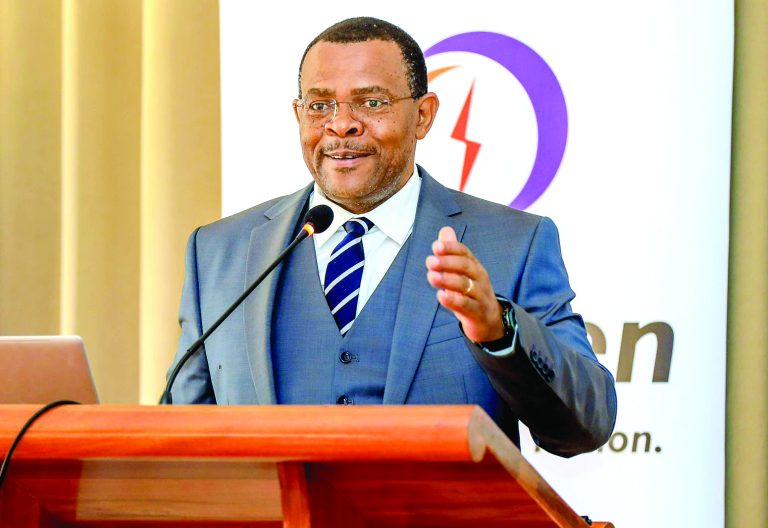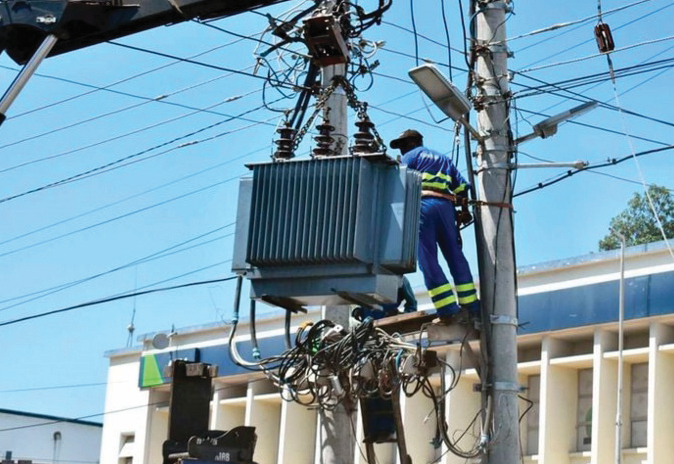Consumers paid more for unused electricity in 2023, says report
By Vanessa Sandra, October 24, 2024System losses saw Kenyans pay more for electricity they did not consume in 2023 as Kenya Power and Lighting Company (KPLC) settled bills for theft and leakages from an ageing transmission network.
Energy and Petroleum Regulatory Authority’s (Epra) annual report for the year ended June 2024 says that total system losses increased from 23.19 per cent the previous year to 23.47 per cent, standing at 3,211.92 GWh.
“In the review period, total system losses, comprising both technical and commercial, accounted for 23.47 per cent of the energy purchased, an average that exceeds the 18.5 per cent benchmark set by the Authority for the financial year 2023/24,” Epra said.
System losses refer to the electrical energy lost during transmission and distribution, comprising both technical losses and commercial losses.
Technical losses depend on the effectiveness of the transmission and distribution network, while commercial losses are caused by factors such as power supply to illegal connections and meter tampering.
Total system losses
As per Epra’s directive, Kenya Power is allowed to pass on to consumers 18.5 per cent of the total system losses, with the utility absorbing the financial losses arising from the difference between the allowed benchmark losses and actual losses
The utility estimated that for every one per cent loss it incurs about Sh800 million which translates to billions of shillings every year. The rise in system losses reflects the power utility’s struggle to seal leakages on the national grid, making it difficult to lower power charges as the losses contribute to higher power charges to the consumers.
Experts have advised the utility firm to invest in its aging transmission and distribution networks in an attempt to seal the technical leaks.
In the period under review, Kenya Power bought 13,684.84 GWh from power producers but only sold 10472.92 GWh to consumers, losing 3,211.92 GWh in between. Illegal connections, also a contributor to system losses, involve a person who is connected to the national grid, illegally connecting other persons from his line and charging them.
As of December 2022, Kenya National Bureau of Statistics revealed that an estimate of 680,000 homes might have been illegally connected to the national grid to which the power distributor disputed.
More Articles

